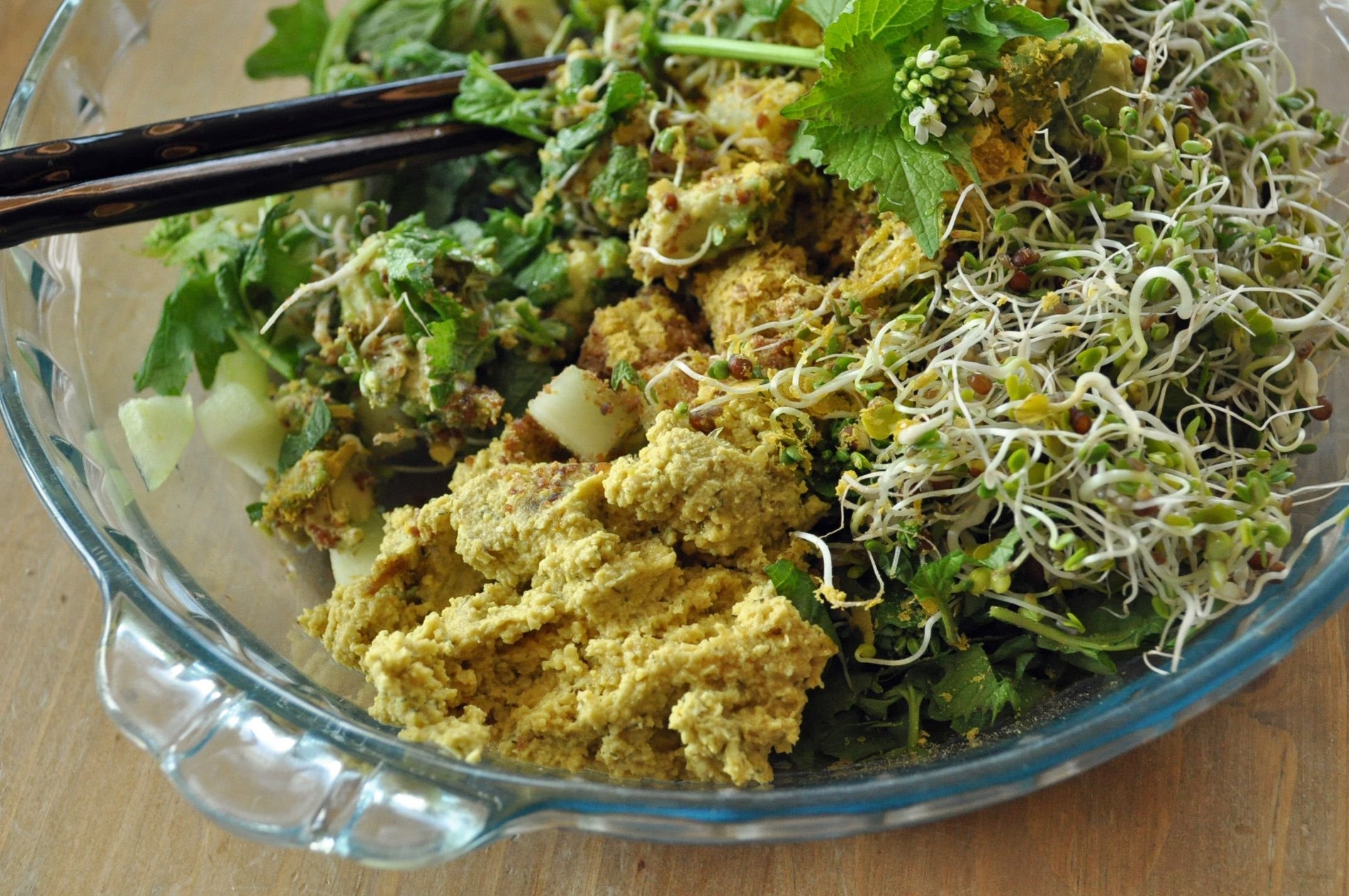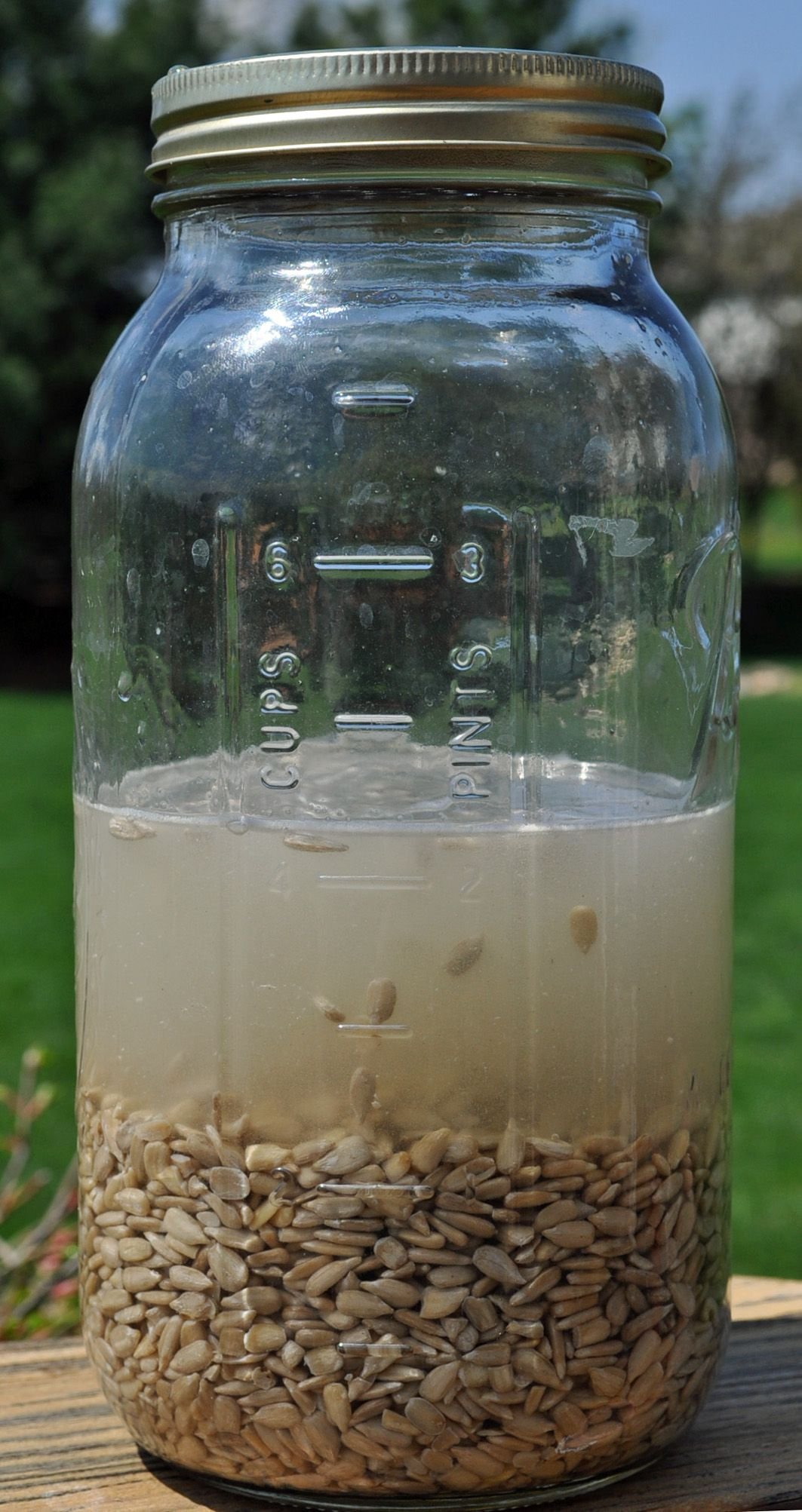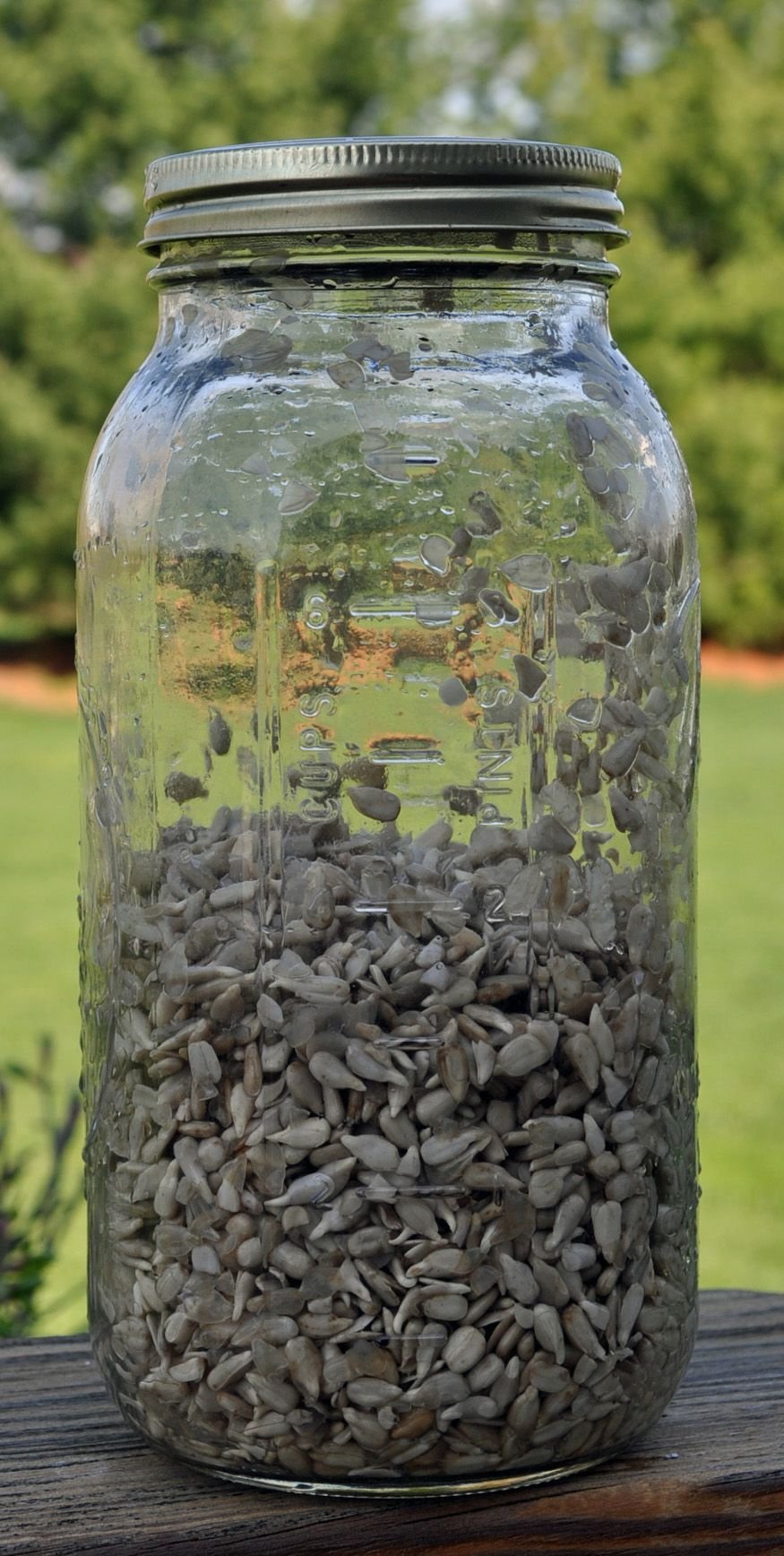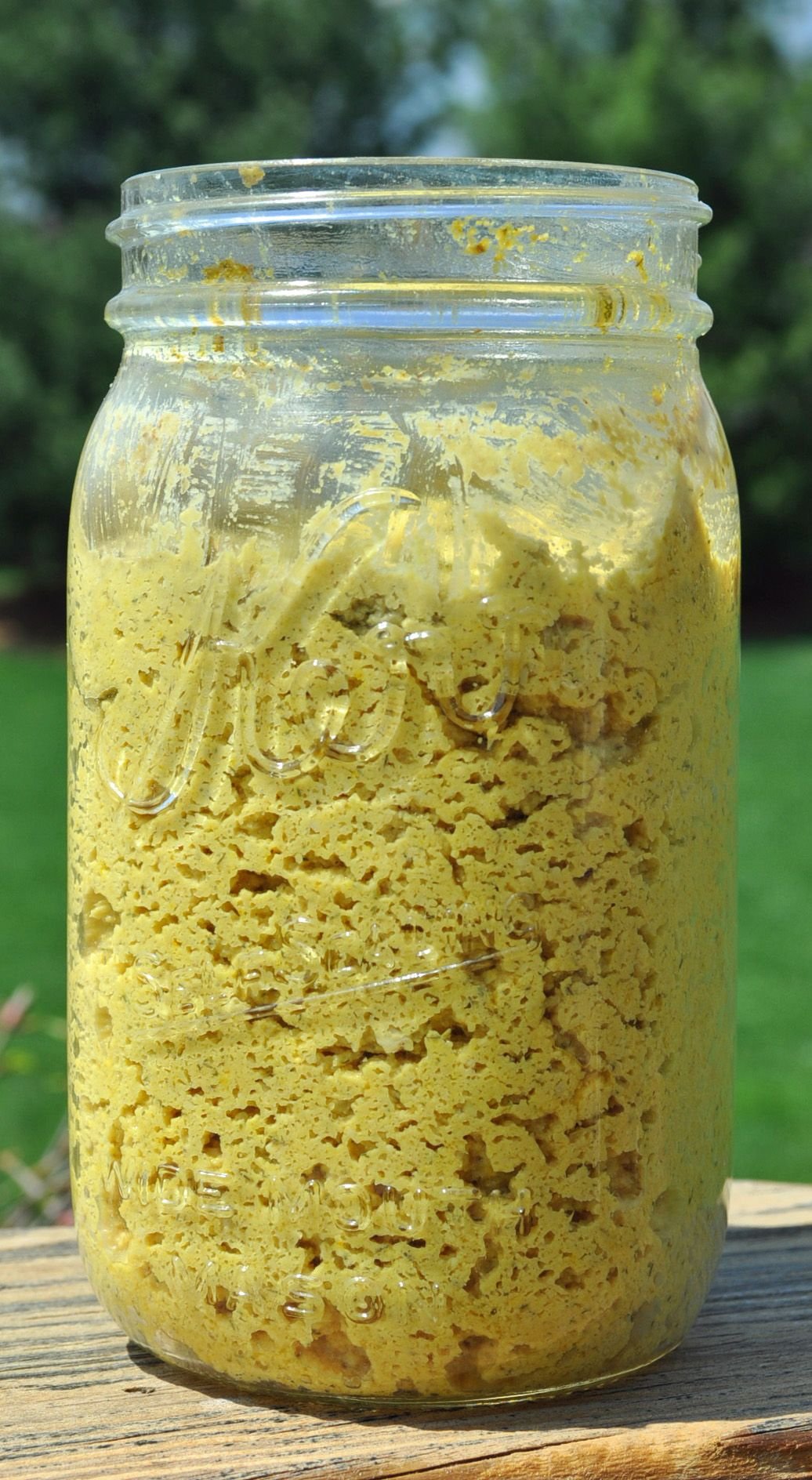
If you’ve never sprouted or fermented anything before, this would be a good place to start. This is a quick recipe, yields consistent results and doesn’t require any extra knowledge or specialized equipment. If any step towards health is to be effective, it must be something that integrates easily into our lives.
Sprouting and fermenting may be two of the easiest at home ways to improve digestibility, bio-availibility and optimizing nutrition of the foods we nourish ourselves with. Sprouting removes phytic acid which blocks absorption of minerals while increasing enzymic activity and improves the capacity for the body to use the nutrients by waking them up from a slumber.
Fermentation takes this break down further and adds a probitic community to further pre-digestion and supports our gastro-intestinal health. There our endless various on these themes, but here is a simple recipe for one of my favorite kitchen crafted creations: sprouted sunflower seed cheese! It offers great amounts of highly digestible fat, substantial vitamin E, a host of B vitamins (B1, B3 and B6) and bioavailable minerals such as manganese and selenium.
Materials:
Mason jar
Strainer of sorts: colander, sieve or screen (DIY plastic sprouting top)
Food processor or blender
Clean cloth
Ingredients:
*2 Cups or 500 ml Sunflower Seeds
**1 Tbsp or 15 ml miso (Any kind will do)
2 tsp or 10 ml dill (you can change this to whatever herb(s) you favor)
1 tsp or 5 ml ground black pepper (no need to measure really, just as much as desired)
1/4 tsp turmeric
1/4 to 1/2 Cup or 60 to 120 ml water (enough to blend smoothly)
*Sunflower can be substitutes for hemp seeds, pumpkin seeds, almonds or other nuts, although soaking and sprouting times vary.
**Miso aids in quick and efficient culturing, although it is not nessesary. If not available, a pinch or two of sea salt to taste. Too much will hasten fermentation. Sunflowers in particular culture quickly and readily on their own, better than other seeds and nuts in my experience. Keep in mind that miso has its own benefits and adds beneficial complexity to ferments.
Instructions
Step 1:
Pour the Sunflower seed into jar and add some water to the mix to awaken the dormant life of the seeds. Cover the seeds with plenty of water, no such thing as too much but too little won’t make for effective sprouting. Soak 4-8 hours.

Step 2:
Drain the water with whatever set up you have on hand. Rinse the seeds to remove any left over enzyme inhibitors that keep the seeds from growing while dormant.

Step 3: (optional)
Let the seeds sit covered, for 1 day at most. This will begin the growth process of the seeds. Careful not to sprout for longer than a day as certain bacteria have a tendency to love older sprouts (I’ve had an upset stomach from eating them too old).
Step 4:
Grind the seeds with as little water as possible to form a smooth paste. Add water a little at a time until the seeds blend well. Add the miso, dill, turmeric and black pepper. Grind until the desired consistency is reached~ whatever tickles your fancy.
Step 5:
Store in glass jar with cloth cover, allowing for airflow and wild yeast while keeping flies out (they can carry undesirable mold). Store out of sunlight in a warm place 12-24 hours until desired sourness is achieved, this is a personal preference. The bacteria will digest the paste and leave as a by-product lactic acid, responsible for the sour-ness. The longer they have to dine, the more lactic acid there will be.The mix will become spongy and expand (the bacteria release CO2 while metabolizing) so make sure to leave space at the top of the jar. Eat alone, as a dip spread or salad dressing base. Lasts 4 days stored in fridge.

Take this and experiment.
Add wild greens like garlic mustard, dandelion or nettles, mix and match spices, herbs and seasonal produce. This recipe is essentially a base which can lend itself to unlimited variations. You can squeeze the water out through a cheese cloth and add nutritional yeast for added cheesiness. Why not toss some apples in there? Theres no reason not to make some today! Enjoy!
HOW TO ENTER THE FREE GIVEAWAY:
One Steemian will be chosen in a random drawing on Dec 22 and I will ship my book to you! Share the Health!
Directions:
Upvote & Resteem this post (or one of the following episodes) and answer the following questions in the comments below (or in the following posts comment section).
Have you sprouted before?
What’s one health habit that you’re proud of?
What’s one health habit you’d like to change?
Help sprouting inspire us all to keep growing by sharing this with the Steemit community. In this series I’ll be posting tutorials, recipes, sharing scientific data about sprouts and the great things I’ve learned about sprouting! Thanks for tuning in!
Sprouting 101: Grow Superfoods in your Kitchen
This was previously featured on an old blog we kept, Rainbow Bridge to the Heart.
